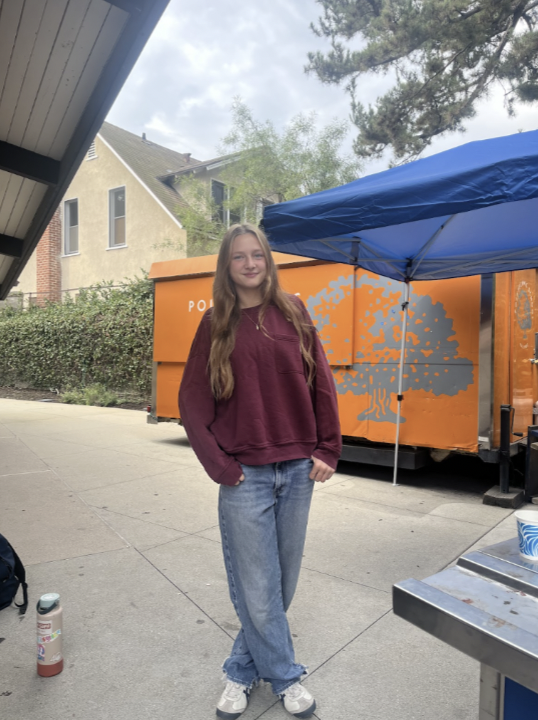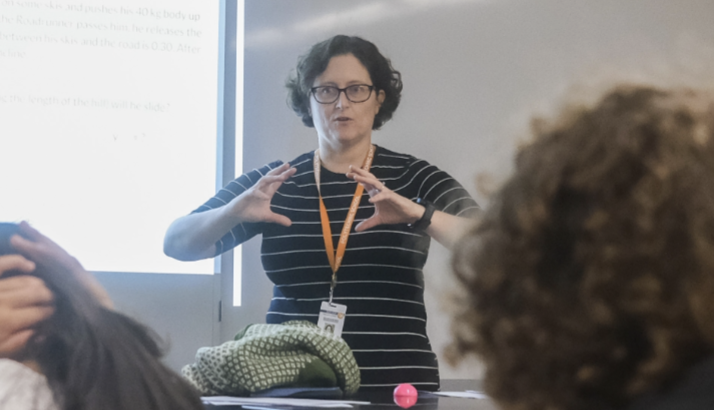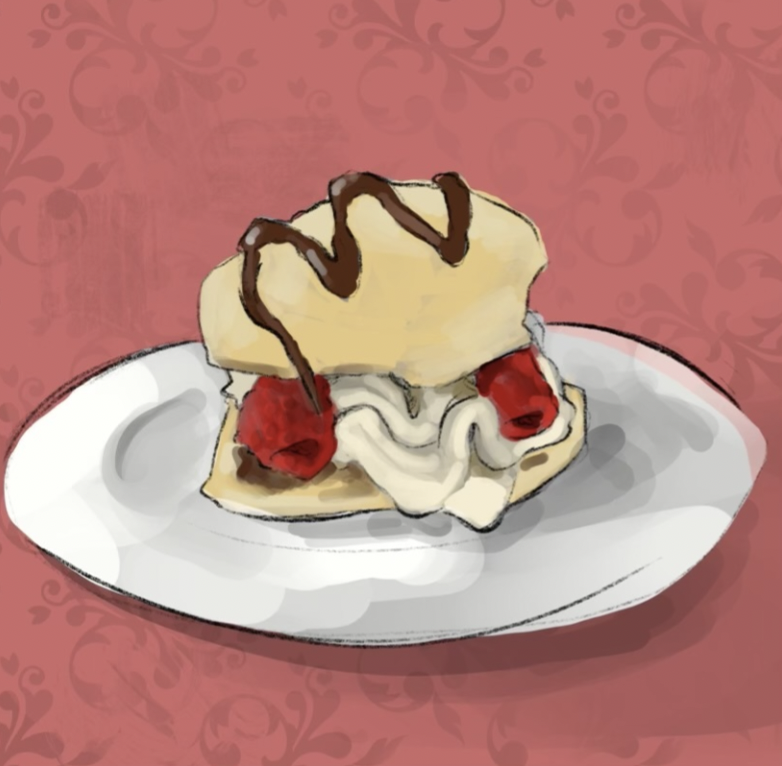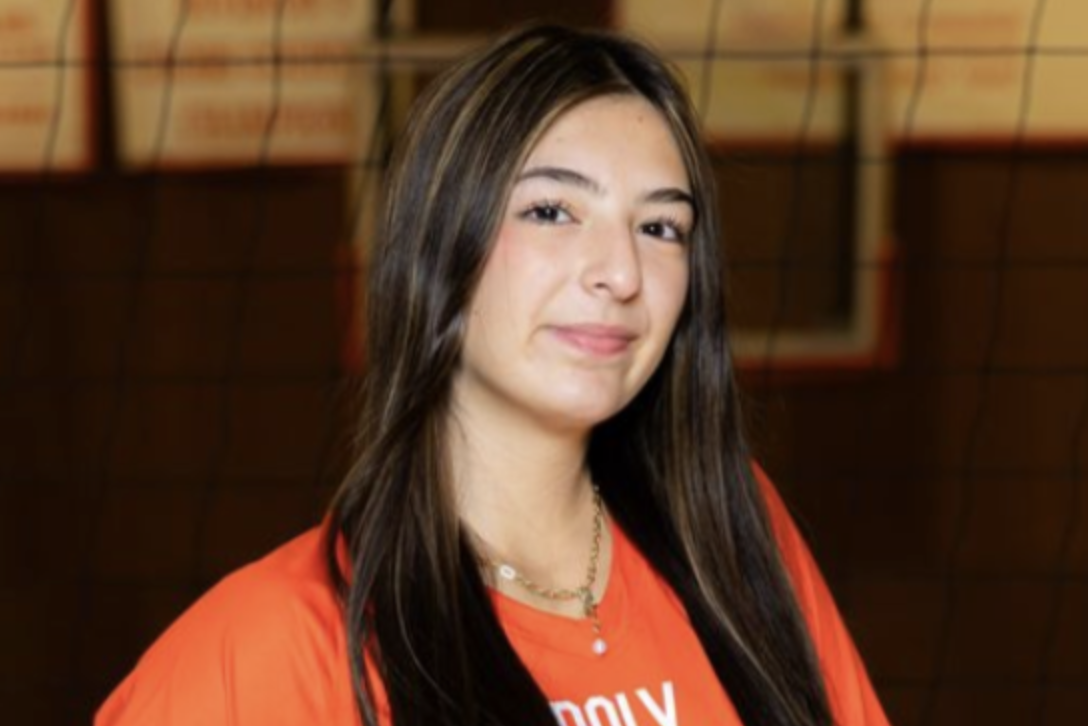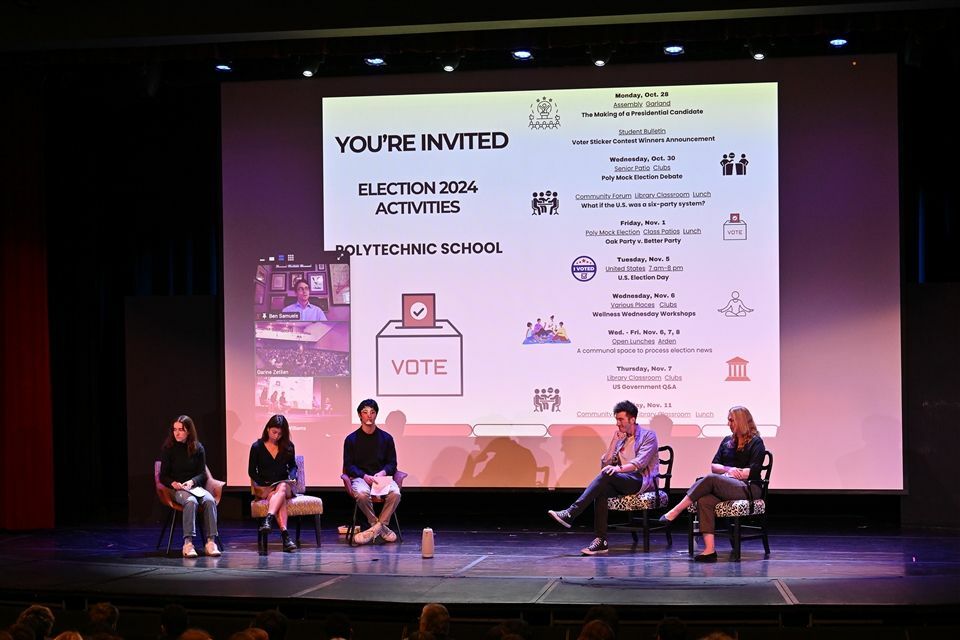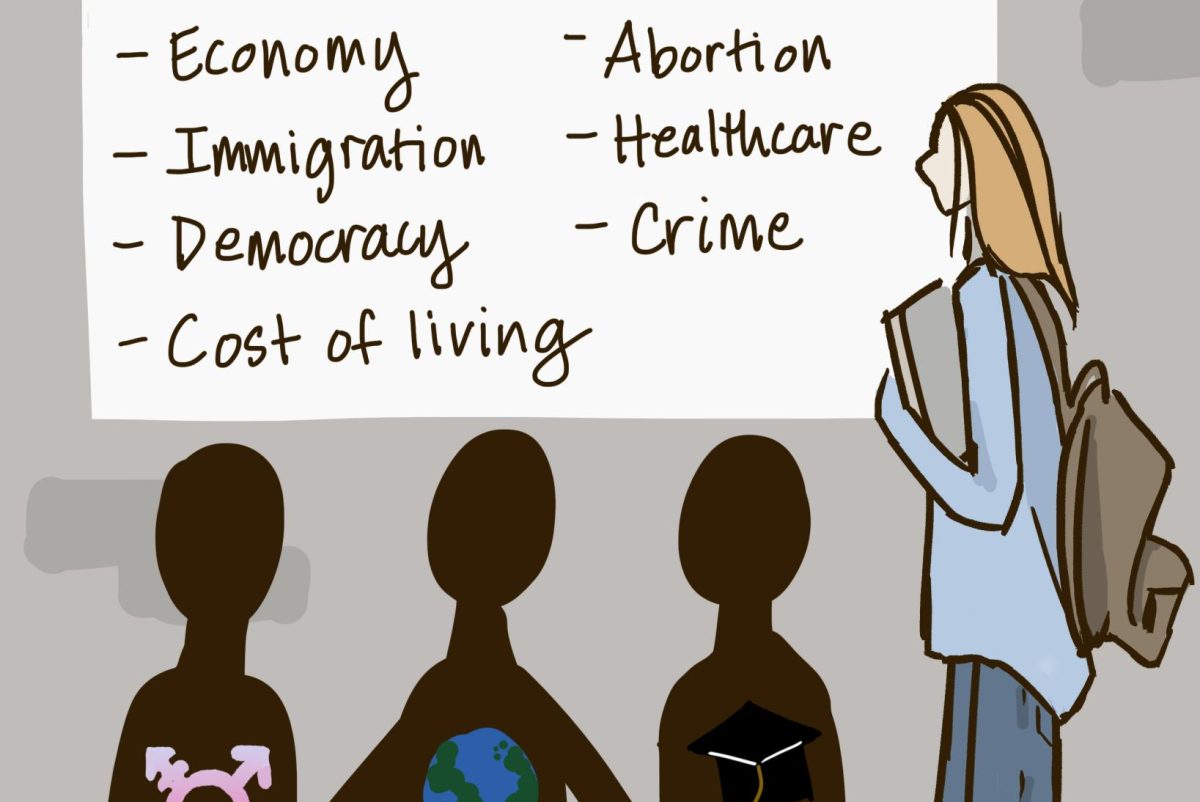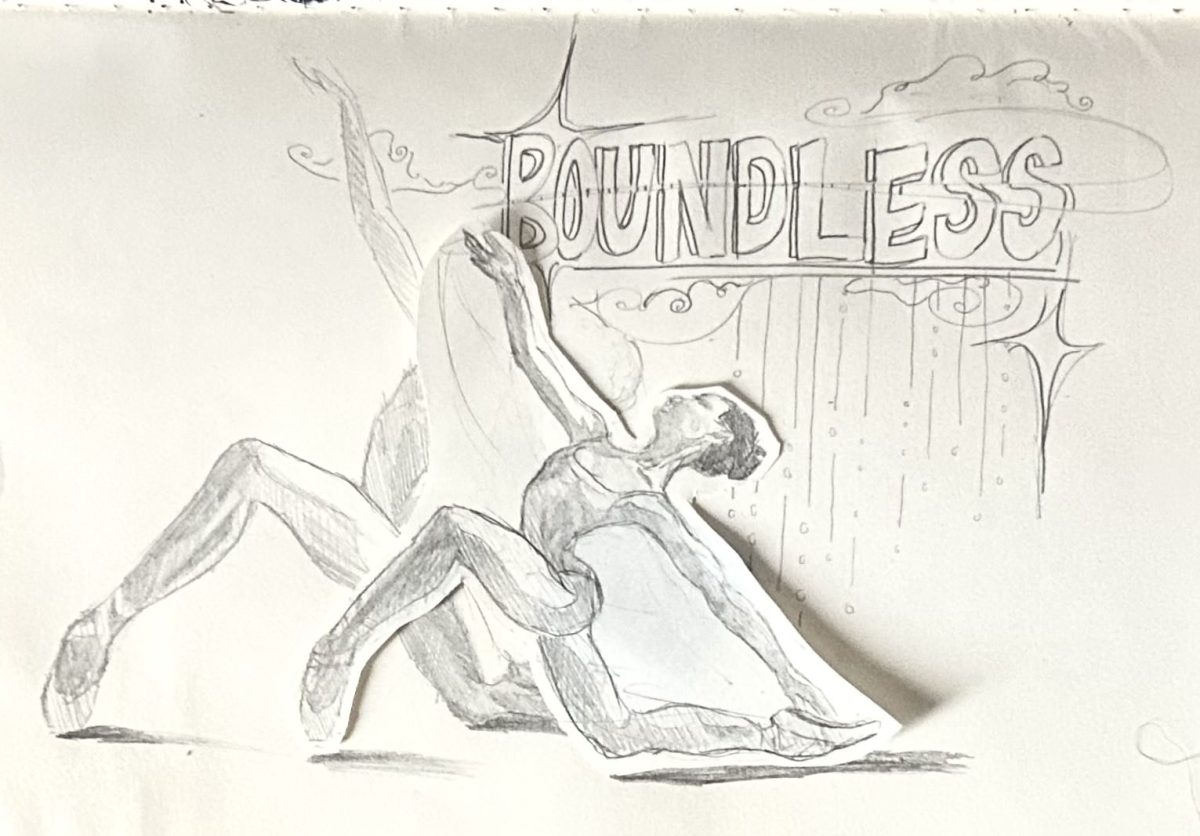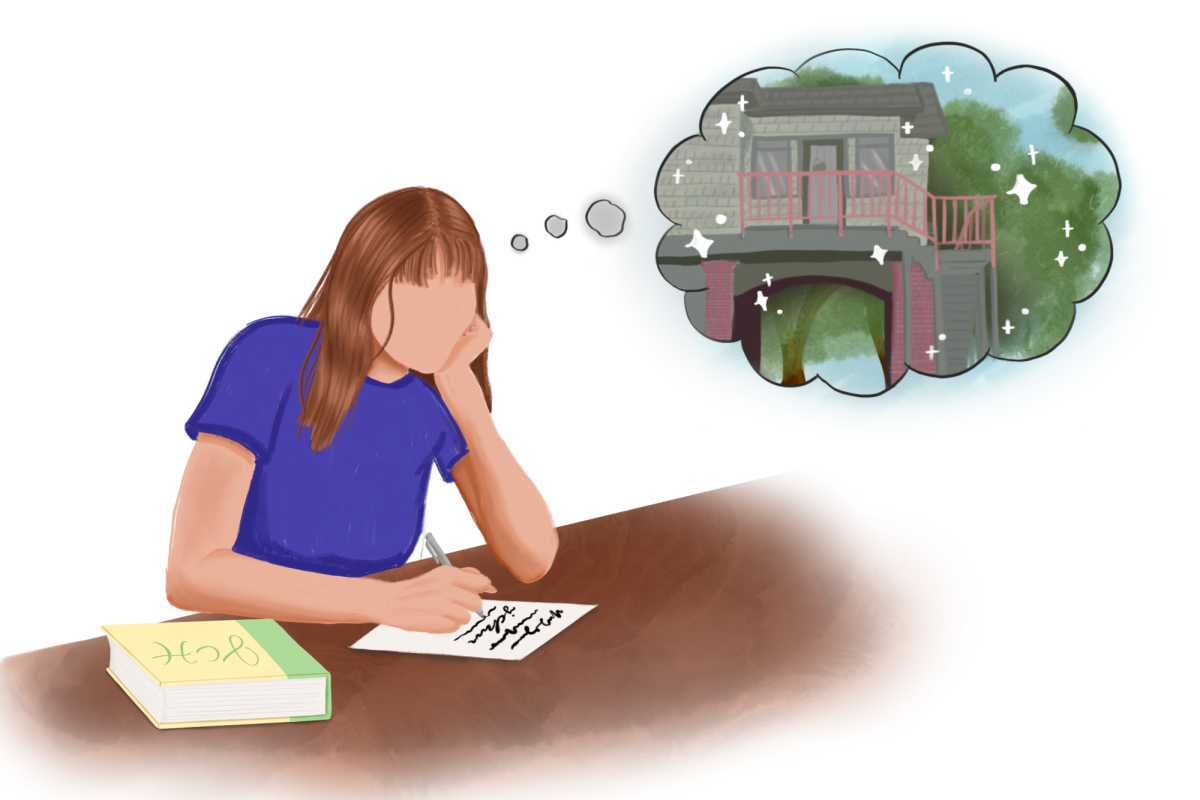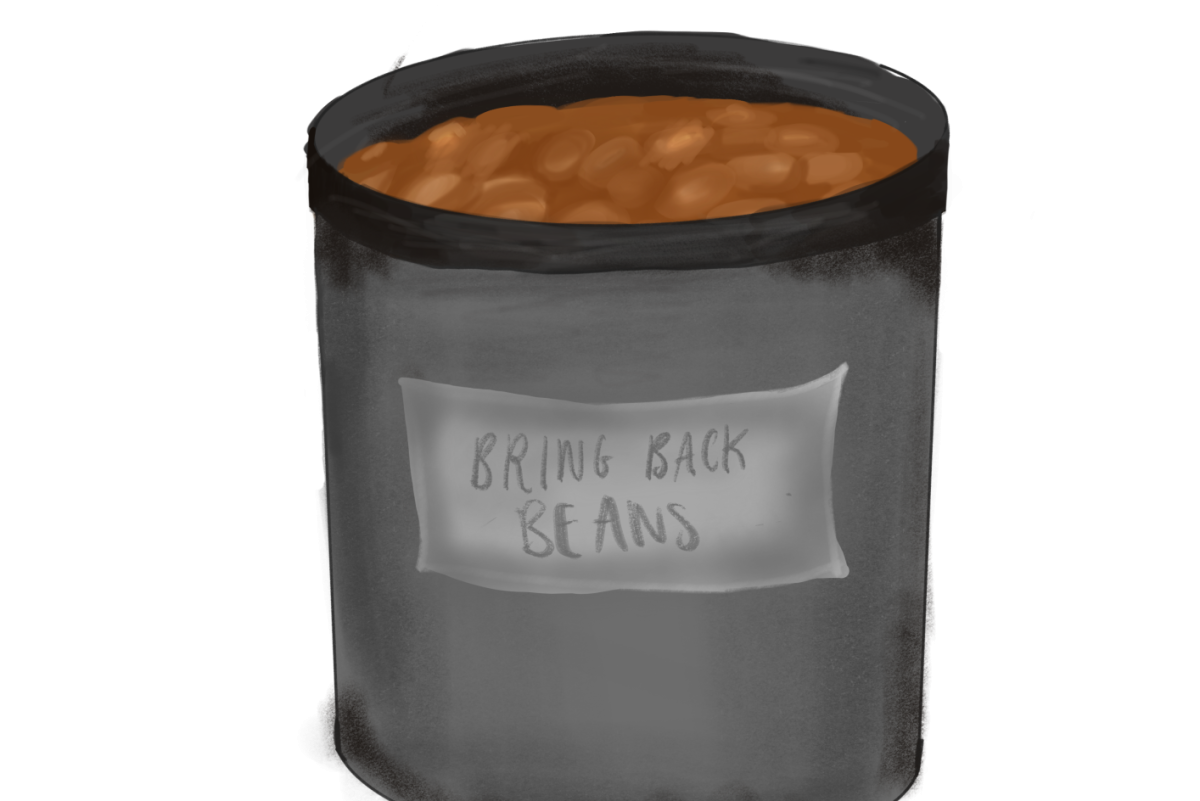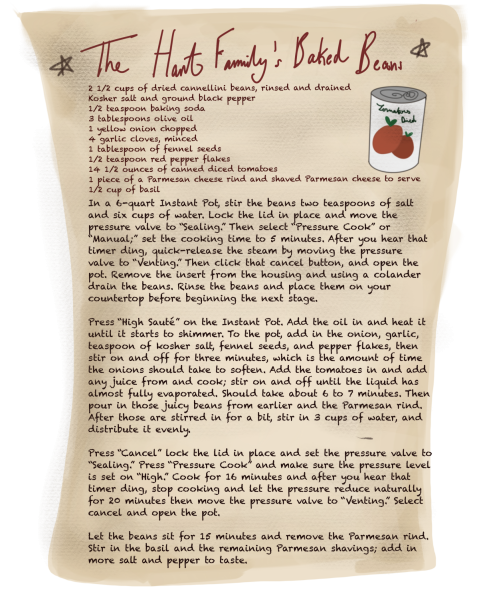We live in a nation that constantly romanticizes mainstream sources of protein – hot dogs, hamburgers, rib eyes, fried chicken, etc – yet, as a country and a school, we overlook the healthier, more sustainable and easier to prepare alternative: beans. Beans come in many types, ranging from lentils to snap peas, and their flexibility excels when preparing them for a meal. I’d like to awaken your palate to the world of beans by exposing the benefits of, ways to cook and ways to eat this magical fruit.
Not only are beans considered the most nutritious form of protein, but they are also technically a vegetable; I don’t believe you can get healthier than that. Although beans do not have as much protein in one serving as most meats, they are full of nutrients that are difficult to attain on a meat-based diet. Most beans are replete with fiber, which helps support digestive and heart health. So, since red meat is constantly associated with high cholesterol, which can lead to blood clots, obviously beans are the better option. Also, beans are full of potassium, a nutrient that controls blood pressure. Red meat not only has adverse effects on health, but it’s also not sustainable, and usually the animals are not ethically raised. I’m not suggesting that red meat must be removed from everyone’s diet, but eating more legumes will positively affect your health in the long run.
Beans can be daunting to prepare because they are not as common as they should be in the American diet. A 2024 study from the National Library of Medicine found that less than 20% of the U.S. population meets or exceeds the recommendations for bean, pea and lentil consumption set by the U.S. Department of Health and Human Services; however, for many different cultures around the world they are a staple meal.
First, French lentils are one of the easiest to make and one of the most delicious to eat; you only need to cook dry lentil beans in a saucepan with water (three parts water to one part lentils). My mom likes to cook lentils with chopped carrot and celery, and she serves them in a bowl with a freshly poached egg. The dish is simple, yet it will force a “bon appetite” out of your drooling mouth.
Although Britain is not known for their culinary expertise, classic British beans (think Heinz white beans) stand out among a sea of flavorless fish and chips and mushy peas. Even though these are a little trickier to prepare than the lentils, when cooked in bulk, they last me almost a week and a half (and I’ll eat them for every meal). British beans are a mix of cannellini beans with tomato and spice, and although they don’t look like it, the flavor is potent. In the spirit of the English, I recommend serving these beans on toast. Seriously, don’t dish it until you try it.
When I think of beans in general, my mind typically focuses on Mexican black beans. This classic dish, which is very present in California, radiates the flavor of common Mexican spices and pairs perfectly with a crispy warmed tortilla and avocado. Mexican black beans only require a few ingredients, and can be cooked quickly. I recommend learning how to make a homemade tortilla to throw this flavorful and nutritious meal over the top.
Lastly, Mediterranean cuisine, which is often rated the healthiest diet, implements beans into most of its dishes. Chickpeas can be roasted quickly with only olive oil and salt, then served in different ways. I love adding roasted chickpeas into my salads – Caesar, Greek, etc. – because they are a light form of protein and add a lot of flavor. Chickpeas are also delicious when mashed up into hummus, a classic Mediterranean dip, a great protein-filled snack served with pita chips and carrot sticks.
I understand that this enthusiastic perspective on beans is relatively atypical, but after introducing many bean-based meals into my diet, I noticed positive effects on my health day-to-day. Not only did they make me feel better, but beans are incredibly delicious when prepared well. One day, I hope the Poly community realizes that beans are a magical fruit.





